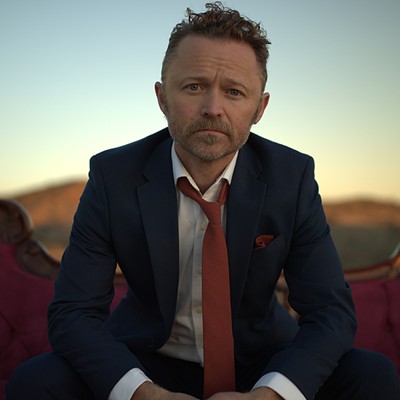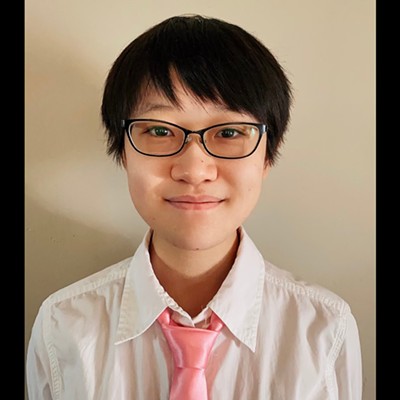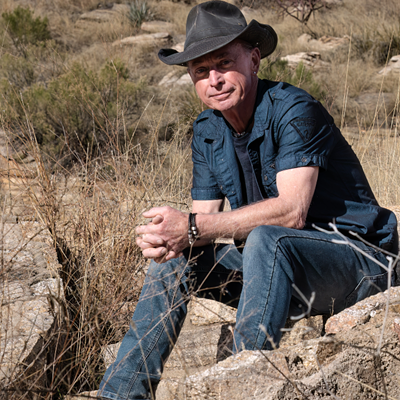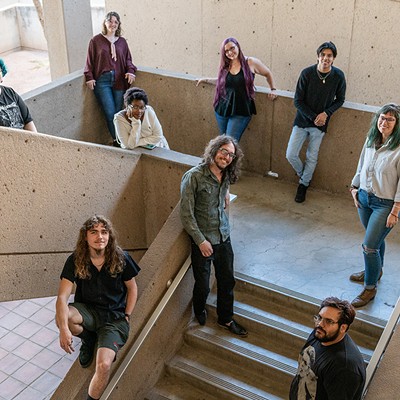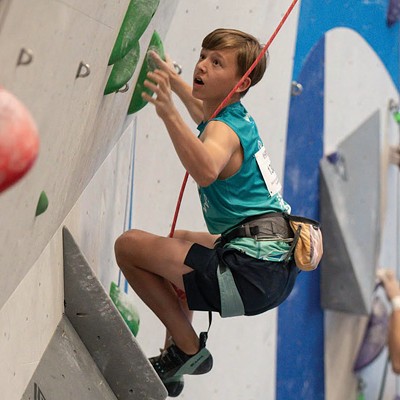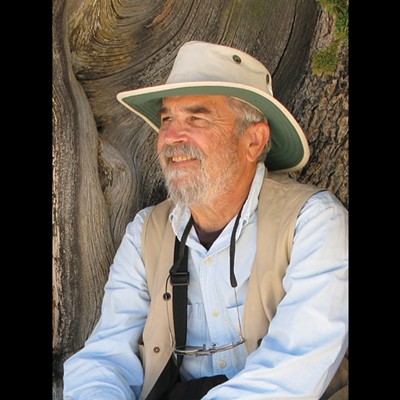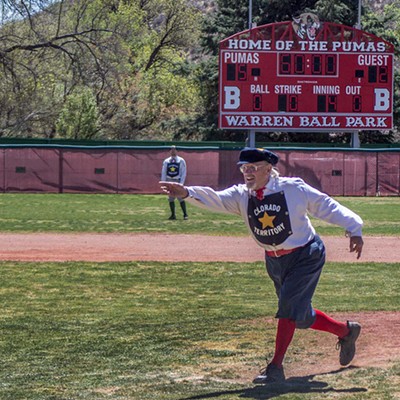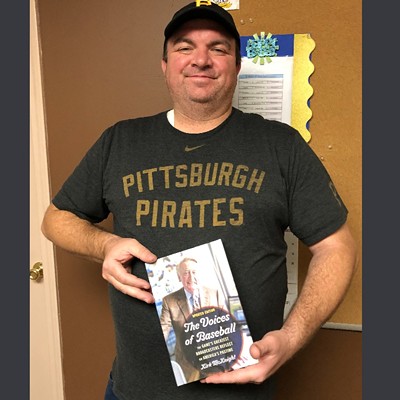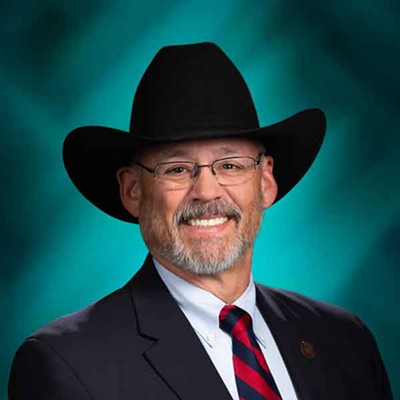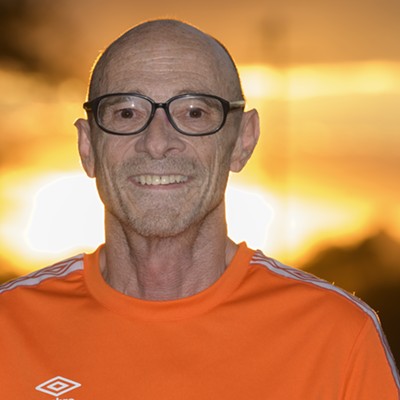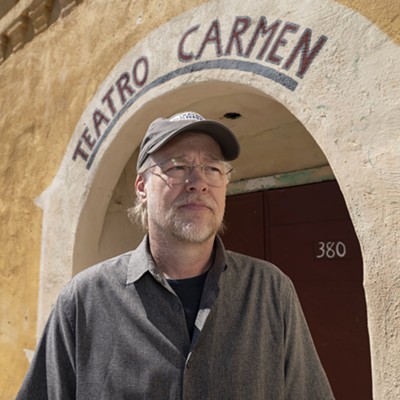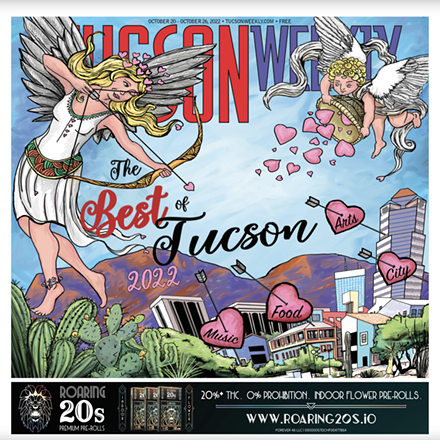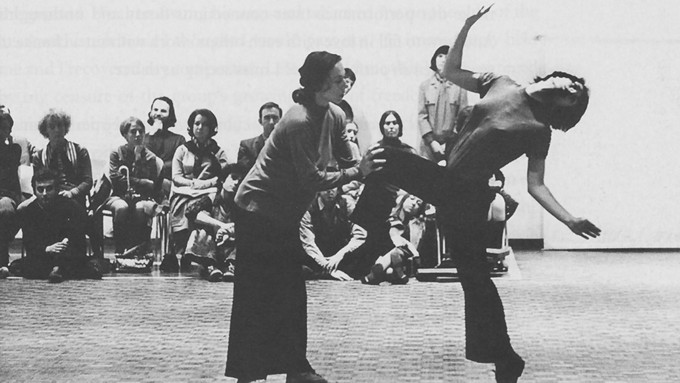
With his film “Feelings are Facts: The Life of Yvonne Rainer,” Tucson’s Jack Walsh wanted viewers to learn about the postmodern choreographer who contributed to dance throughout her life.
His documentary will be broadcast on PBS 6 Plus at 8 p.m. Friday, June 9, and on PBS World at 7 p.m. Friday, June 30, as part of Pride Month.
The film was produced by Walsh and Christine Murray and directed by Walsh. Walsh has directed nine films in the experimental and documentary genres. Among the Emmy Award-winning producer’s work are, “And Then One Night: The Making of Dead Man Walking,” and “Screaming Queens: The Riot at Compton’s Cafeteria.”
He has taken home three Golden Gate Awards from the San Francisco International Film Festival.
Within his work, he often explores cultural icons and social justice and sexual identity topics.
He finished the Rainer documentary in 2015 and was shown at more than 60 film festivals worldwide. It was also distributed to over 125 colleges and universities, to be added to their collections.
Walsh knew Rainer. He ran a small cinema in Manhattan called the Collective for Living Cinema in the late 1980s, and Rainer was on the board.
“I knew her then, and we remained friendly over the years,” Walsh said.
“And then she wrote a memoir…The title of the film is also the title of her memoir. I read it and was really fascinated. I didn’t know about this whole dance background. I knew that she had returned to dance because Baryshnikov had brought that whole group of Judson artists back into dance,” Walsh said, referring to Judson Dance Theater.
“So, I approached her about it. She turned me down a few times, but I finally persuaded her. My desire in making the film, as well as my co-producer Christine Murray’s, was really just to bring her story to a larger audience. She was so important in the dance world, like with the dance, ‘Trio A.’ She was working in a very radical way, and it was overlooked for many decades.”
The film highlights key moments from throughout Rainer’s life and career. Rainer, who was a MacArthur “Genius Grant” recipient and breast cancer survivor, was part of a collective of cutting-edge choreographers known as the Judson Dance Theater.
She emerged in the 1960s as a protégé of John Cage and Merce Cunningham.
Rainer and her contemporaries incorporated everyday movements such as running and walking into their performances. They also featured screaming and yelling and average clothing and sneakers in their pieces.
Rainer’s work, which is given labels such as “feminist,” “conceptual,” “postmodern” and “political,” often crossed boundaries.
In the movie, she talks about how she didn’t have a conventional dancer body or movement style, so she had to carve her own path.
“I think that’s what many of those artists at Judson Dance did. They wanted to make something different. They had the advantage of being able to live on very little money back then and survive,” Walsh said.
The film delves into various eras of Rainer’s life, including how she came out at age 50. Viewers also get a glimpse into Rainer’s early family life.
The film has a wide appeal — for those within and outside of the dance world. He said her story resonates with people of all backgrounds.
“It’s a story of Yvonne’s life and what she went through, being put in foster care, and then she emerges as this dancer in her late 20s. She didn’t take a dance class until she was 25 and then had such an impact on contemporary dance. And then, it’s also the story of a woman driven by her creative passions, who lived her life that way,” Walsh said.
In the film, viewers get a chance to see some of Rainer’s iconic works, such as, “Trio A,” as well as two new dances she was creating over the course of the film.
“We were committed to showing longer segments of dance. A lot of times, you will have the talking heads and 15 seconds of dance. We were committed to showing when Yvonne is dancing ‘Trio A.’ We don’t show the whole thing, but we were committed to showing a minute of it… We were committed to giving some of that essence of the actual dance,” Walsh said.
The film was made in seven and a half years, while Walsh was living in San Francisco.
Finding funding for the film was a challenge. Walsh said his team had to find creative ways to raise money, such as a crowdfunding campaign.
“I think we are sadly at a time when finding resources to make art in general is difficult. To make films about artists is even more difficult… I came of age in the late ’60s and early ’70s when there were public television shows about art and artists because they were funding those. Those things have sadly disappeared. I think that it’s a disservice to younger people. For me, it was my exposure to art and a different world,” Walsh said.
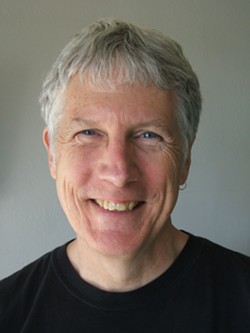
The documentary uses archival and contemporary dance footage and clips from Rainer’s short and feature-length films to help tell her story.
Walsh’s team used footage of recreated dances filmed by the Dia Art Foundation.
“When she returned to dance in 2000, a lot of people were eager to see those earlier pieces, so there was a whole interest with her teaching new dancers those pieces,” Walsh said.
One of the challenges in making the film was editing dance footage from the 1960s containing nudity. In the original version, the nudity was left in the film, but it had to be blurred for PBS.
In many of these sequences, the dancers are performing regular dance movements while nude.
“At that point, she was very interested in how the body moves and how movement works. It just followed completely with her line of thinking at the time,” Walsh said.
For the project, Walsh researched postmodern dance and the art movement of the ’60s.
“I had to come into interviewing these dancers like I knew something. To me, that was the most exciting thing because I got to learn so much. That’s often the thing that excites me most about a project is what I have to learn to begin to start engaging with these people as subjects,” Walsh said.
Along with Rainer, Walsh interviewed her niece and friends, choreographers she worked with, dancers, writers and filmmakers.
The film includes Lucinda Childs, another notable postmodern choreographer, as well as Carolee Schneemann, who died in 2019.
“We have some important footage of a certain generation of artists,” Walsh said.
In the film, Walsh explores how dancers like Rainer survived in the 1960s. He includes details such as how one dancer worked as an extra in porn films and taught Sunday school.
For interviews, Walsh and his team traveled to Los Angeles, New York, Boston and rural Vermont. They also filmed in San Francisco, where Rainer was born and raised.
The documentary delves into different aspects of Rainer’s career, including her time as a filmmaker.
From the early 1970s to about 2000, Rainer’s focus shifted to avant-garde films, which often combined humor, storytelling and theory. She made seven independent features exploring topics such as politics, lesbian sexuality and breast cancer.
She returned to choreographing when commissioned to do a work for Mikhail Baryshnikov’s White Oak Dance Project. She created her own works.
The film highlights how, in her 80s, Rainer has continued to create work that challenges assumptions about the constructs of art and performance.
“The one other thing that I think the film is trying to bring to light is that people remain very active throughout their lives. We live in a culture where older people’s worth is often thrown aside or not respected… That was another motivator for us in making the film was to show people who are active and very engaged creatively,” Walsh said.
“Feelings are Facts: The Life of Yvonne Rainer”

